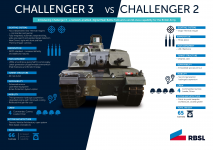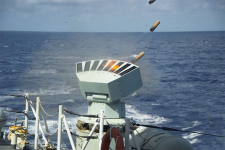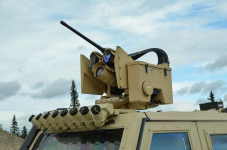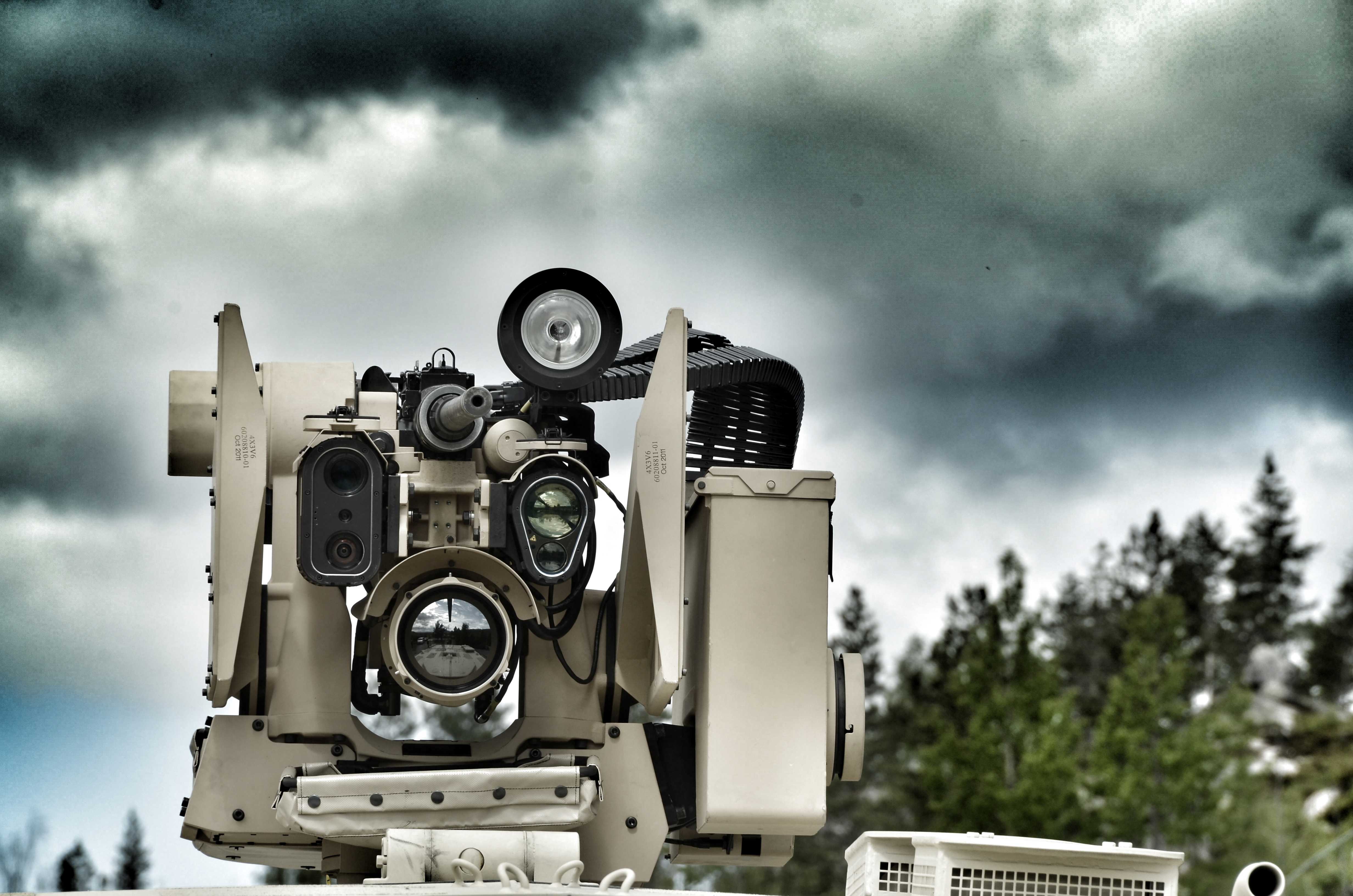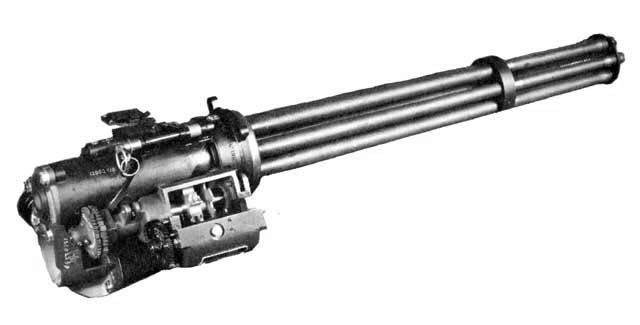There definitely needs to be a rethink of how to arm all natures of fighting vehicles for all of anti-personnel, anti-armour and anti-air.
Back in the last century, when we worried about air defence, we had everything from pintle mounted machine guns on our M113s, M109s and M548s manned against air attack (minimally effective as they'd be - the hope was put up a thick enough curtain of bullets and maybe you could get yourself a Flogger). Non-tracked batteries put folks with C2s up as air sentries in the trucks cargo decks. Blowpipes and later Javelins and ADATs rounded out the brigade-level area protection. The LAVs still have air sentry hatches.
One of the things I tend to think about in this new airspace environment is economy of effort. If we fire off a Stinger (which is a traditional and expensive air defense system) or equivalent every time we see a mini UAV then pretty soon the enemy will issue and deploy mini UAVs for no other purpose than to strip us of our heavier air defence systems. They're costly and difficult to resupply (not every country has rich uncles like Ukraine to keep them in stock).
I'm not saying we shouldn't engage mini or tactical UAVs but I'm saying what we need is a widely available, low-cost, yet effective weapon system so that the heavier stuff can be saved for the Bayraktars, Havocs and Fullbacks.
I particulalry like the German 35mm MANTIS system which has a programable air burst round (AHEAD) . Unfortunately the round is part of a complex integrated modular system which would be a. expensive, and b. impractical to deploy with ordinary IFVs. I could, however, see it with something like M-SHORAD where the 50 cal and the Hellfire components are replaced by a 35mm gun firing AHEAD (single shot or small bursts) connected to the vehicles sensors. I'd leave the four shot Stinger pod in place for the bigger targets. The lasers sound promising for that as well.
To what extent we could put a MANTIS-like 35mm dual purpose gun on an IFV and data link it to a nearby M-SHORAD's sensors for target acquisition and ammunition programming is an open question but strikes me within the realm of probable. It should be a priority because a round that costs less than $100 is far more cost effective than a missile costing tens of thousands per shot and will keep the all aspects air defence battle operating much longer.




